
While researching prominent black women artists for this blog, I was delighted to find Faith Ringgold, a quilter who paints stories with textiles. She is also famous for tankas (inspired by Tibetan textile paintings), oil paintings, prints, drawings, masks, sculptures, and original illustrations from the artist’s award-winning book "Tar Beach." She is also an author of children’s books, a teacher and civil rights activist.
Image Source: britannica.com/bio-Faith-Ringgold
FAITH RINGGOLD - HER STORY
The youngest of four children, Faith Jones was born in New York in October 1930. She grew up in Harlem during the Great Depression. Surrounded by her loving family, she says she was neither poor nor oppressed.
Ringgold's mother, a fashion designer, and her father, an avid storyteller, raised their daughter in an environment that encouraged her creativity. “Ringgold’s parents made sure their children experienced the vibrant cultural happenings of the Harlem Renaissance. Neighbors included future legends like Duke Ellington and Langston Hughes, and Faith’s childhood friend, Sonny Rollins.” [crockerart.org/faith-ringgold-an-american-artist]

THE "AMERICAN PEOPLE SERIES"
In the 1960’s her work reflected her maturing political consciousness. In 1963 she began to create a a body of work entitled the "American People Series," portraying the civil rights movements from a female point of view. She is well known to have said, "I have always wanted to tell my story - or, more to the point, my side of the story."
This series of art works is her story and reflects what was happening around her which she brought to life in oil painting.
THE STORY QUILTS
Ringgold began to channel her amazing artistic efforts into developing the story quilt, her most famous works, which tell original stories in the context of African American History. The artist is an expert at presenting ugly truths in beautiful ways. There have been times when people have spectacularly missed those layers.
The artist turned to quilting out of necessity. She enjoyed sculpting in wood and clay but the dust provoked her asthma, so she started experimenting with “soft sculpture”, combining fabric, painting and narrative. She produced her first such work, Echoes of Harlem, in 1980 in collaboration with her mother, Willi Posey Jones.
“With story quilts, this activist artist—concerned throughout her career with issues of feminism and race—creates a new expression that acknowledges cultural and personal history. Domestic arts—sewing, quilting, weaving—have long been associated with women, and quilting reflects the folk traditions [and the struggles and achievements] of black women.” [https://www.metmuseum.org]
Silkscreen on silk, ACA Galleries
The first panel is called “The Accident” introduced the character Graces who narrates the story of ten-year-old A.J. and his grandmother, Ma Teedy, who have witnessed the automobile accident that killed A.J.’s mother and his four brothers.
In the text, A.J. runs away from home after the funeral of his father, and is picked up a few days later for selling narcotics to a policeman. The traumas results of the fire and the problems A.J. experiences continue, one compounding the other, but through it all, Grace notes: "Say what you want 'bout Ma Teedy but she was a real woman … I like her because she a survivor. Always keep herself and her family lookin’ good."
The third panel, "The Homecoming," depicts A.J. as an adult who has fully redeemed himself and become a successful writer and actor, returns to Harlem to bring up his grandmother to California with him. Grace describes her insights: "I knew that boy was special from the day he was born. He was just different, with his badness. Peoples used to talk bout him after his Ma died, then his Pa died and he had to run and hide from the Mafia. That's that kick in the ass the black man gets. But A.J. done made that kick into a kiss. And I just love him cause he ain forget Ma Teedy. An he ain forget where he come from, or who he is."
AUTHOR
While the series of story quilts was progressing, Ringgold accepted a teaching position In 1987, with the University of California at San Diego in the Visual Arts Department at the University of California, San Diego.
As if she didn’t have enough to keep her busy, in 1990, Ringgold went from story quilts to story books. In 1991 her Tar Beach quilt was adapted into a children’s book with the same name. That book was named a Caldecott Honor Book in 1992. It tells the story of a young Black girl in New York City who dreams about flying.
In addition to autobiographies, Ringgold’ has published 17 books, many of them children’s books including Aunt Harriet’s Underground Railroad in the Sky (1992), My Dream of Martin Luther King (1995), Harlem Renaissance Party (2015), and We Came to America ( 2016). Her memoirs, We Flew over the Bridge, were published in 1995.

□
Faith Ringgold at 90
Image Credit: By Brooklyn Museum, CC BY 3.0
Image Source:https://commons.wikimedia.org/w/index.php?curid=83671645
Sources:
https://www.britannica.com/biography/Faith-Ringgold
https://gothamtogo.com/take-a-sneak-peek-at-the-new-moma-expansion/
https://www.mutualart.com/Artwork/The-American-People-Series--15--Hide-Lit/23D8F6A232BEB538
http://iraaa.museum.hamptonu.edu/page/Faith-Ringgold%2C-Who-I-Am-and-Why
https://glasstire.com/2020/07/03/stars-and-stripes-flags-from-soul-of-a-nation/
https://www.mutualart.com/Artwork/The-American-People-Series--15--Hide-Lit/23D8F6A232BEB538
https://www.metmuseum.org/blogs/metkids/2019/art-freedom-ringgold-red-star
https://www.theguardian.com/artanddesign/2019/jun/04/faith-ringgold-new-york-artist-serpentine-gallery-london
ttps://www.megaessays.com/viewpaper/73456.html#:~:text=Faith%20Ringgold%27s%20%22God%20Bless%20America%22%20is%20an%20expression,can%20be%20applied%20today%20in%20the%20year%202001.
https://www.houldsworth.co.uk/artists/73-faith-ringgold/works/9604-faith-ringgold-american-people-series-16-woman-looking-in-a-1966/
https://en.wikipedia.org/wiki/Faith_Ringgold#:~:text=In%201995%2C%20Ringgold%20published%20her%20first%20autobiography%20titled,her%20professional%20career%20and%20accomplishments%20as%20an%20artist.




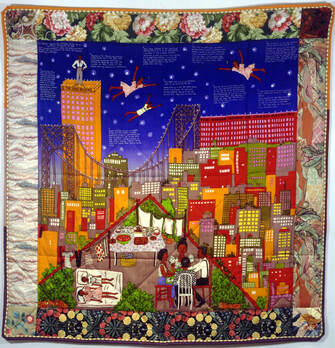

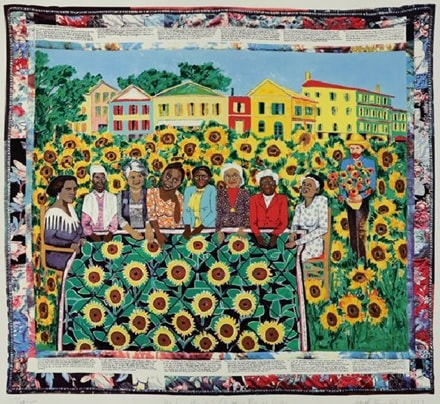

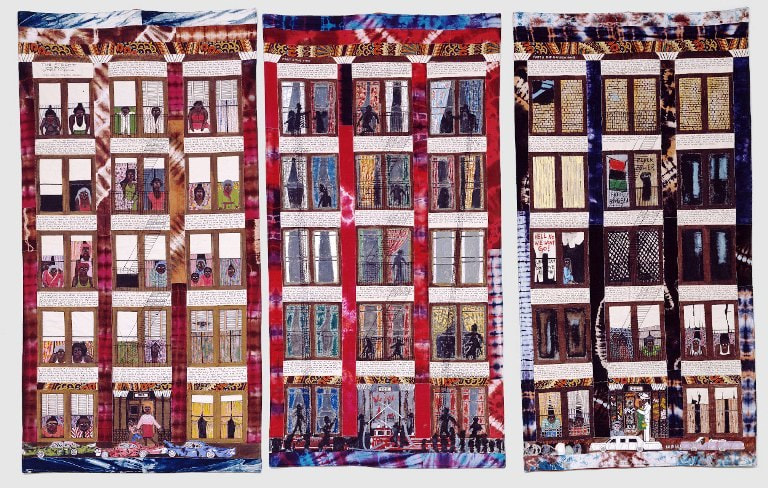



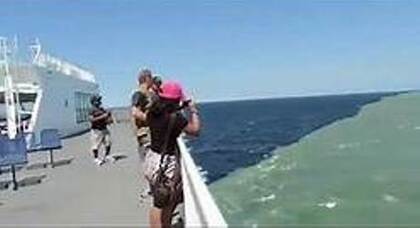
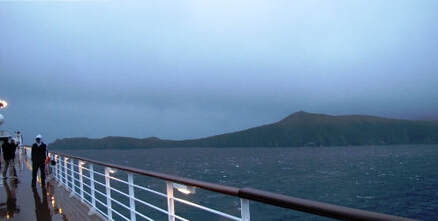
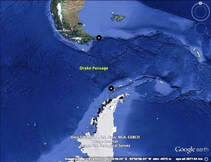
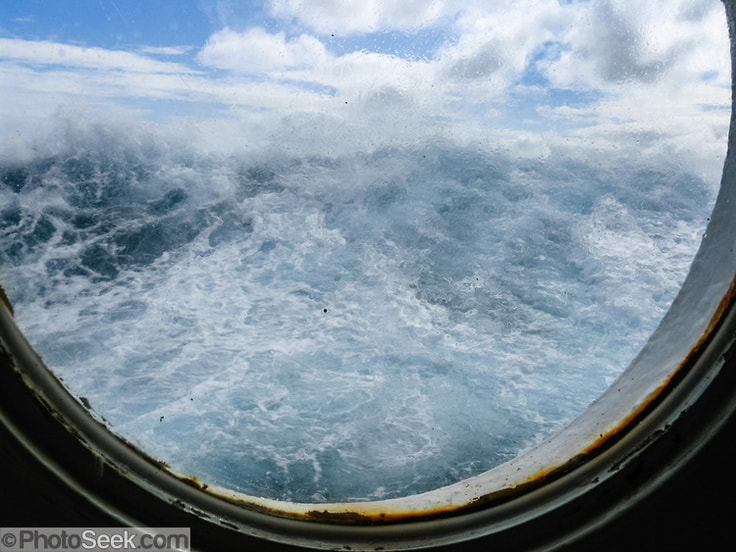
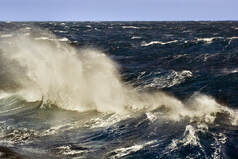
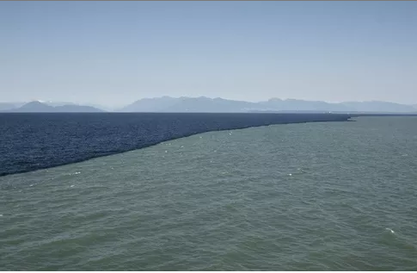
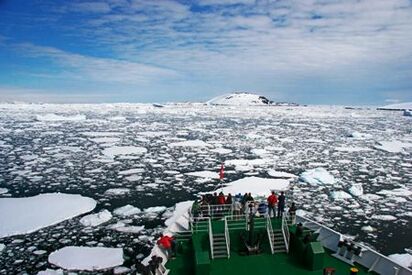
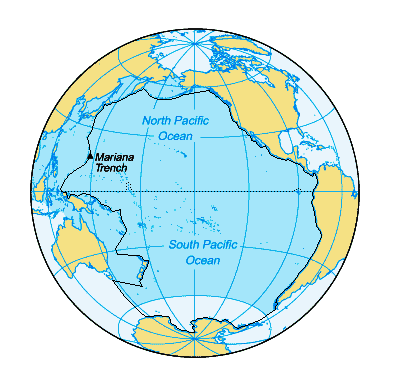
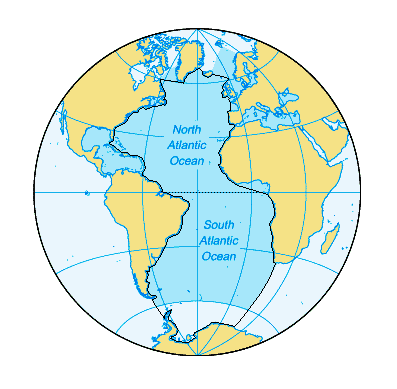
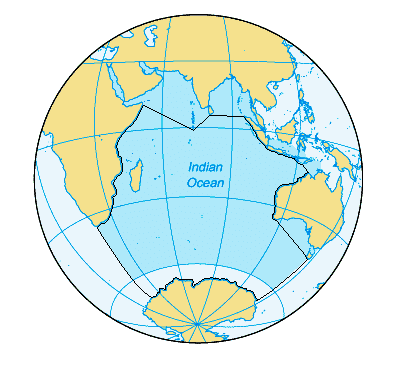
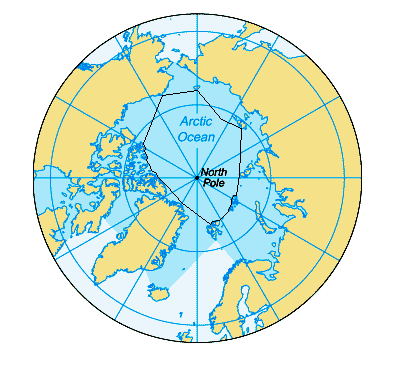
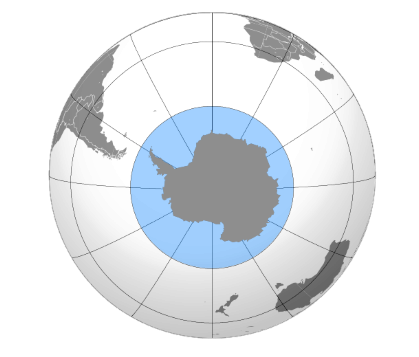
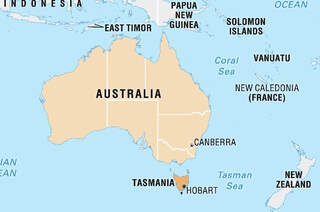

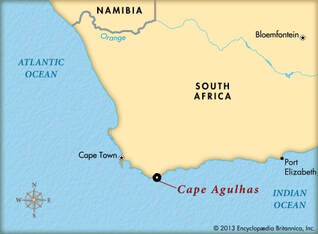

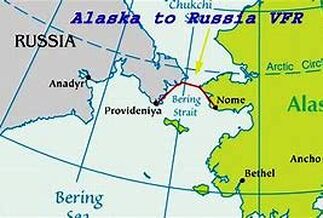
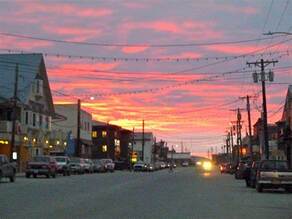
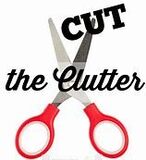








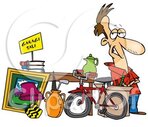


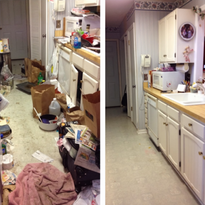







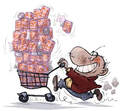

 RSS Feed
RSS Feed